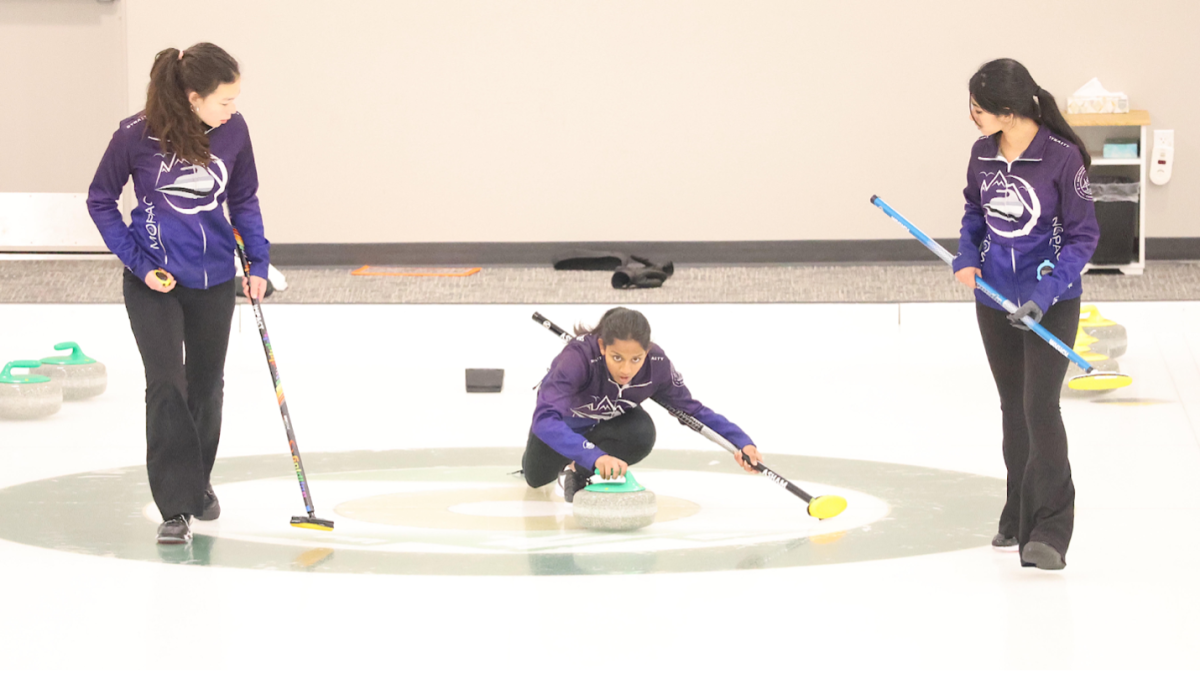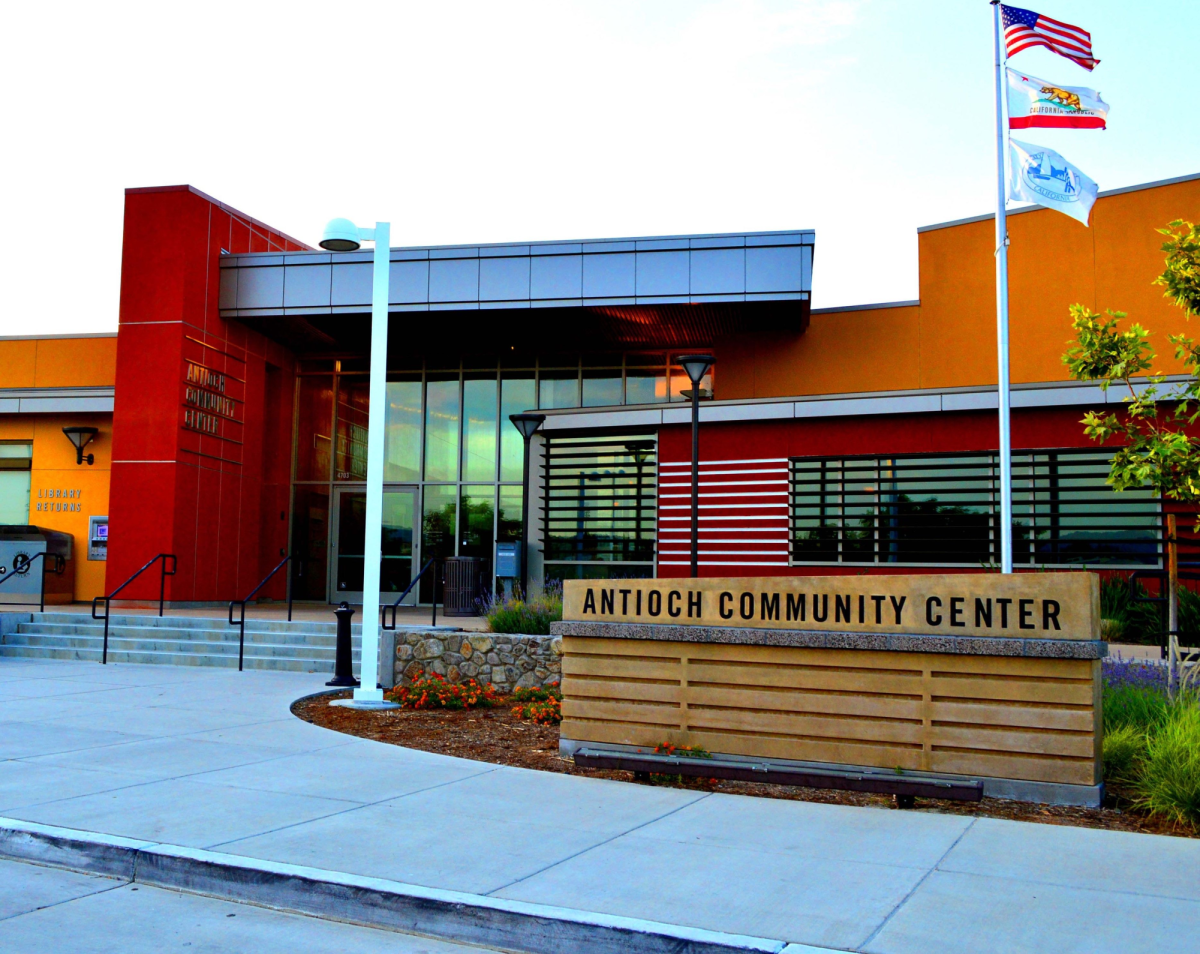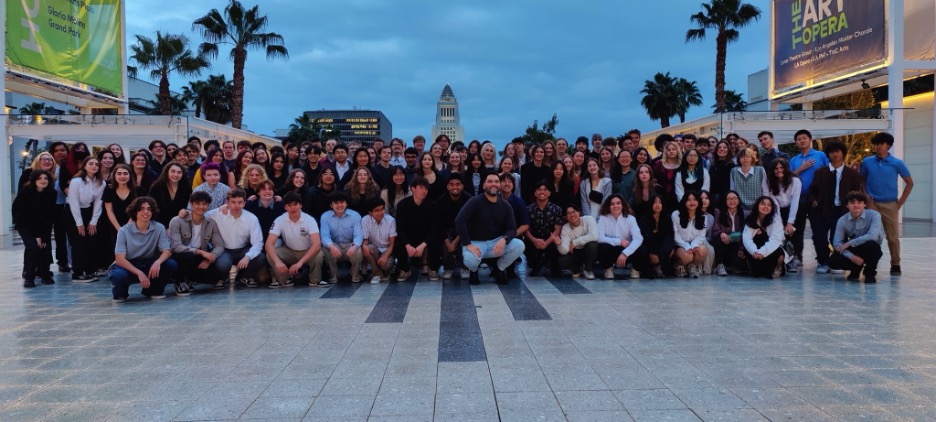The sport of curling is often associated as being a traditionally white, male-dominated sport, popular in this country throughout the Midwest and mid-Atlantic states.
However, two young students from San Ramon’s California High School are set to change some of those stereotypes.
Ninth graders Krisha Umashankar and Srihasini Malladi – both of South Asian descent – are a growing number of athletes of color playing the winter sport. Both recently competed in the USA Curling U18 National Championships in Lafayette, Colorado. The January competition hosted teams from across the country.
Team Keshwani was the newest and only non-white team in their division. The entire West Coast has just three dedicated curling clubs. The San Francisco Bay Area Curling Club that Team Keshwani is part of opened only two years ago. In contrast, Wisconsin alone has 26 dedicated curling clubs.
“Krisha and Srihasini have been curling for a year, and they’re up against girls who have been curling for 13, 14 years,” said Team Keshwani coach Dylan Bland, who is a teacher at College Park High School in Pleasant Hill. “In our region, there was a lower representation of women curlers. And that’s one of the things that I was proud to see coming from our club, representing our region on the nationals team.”
The team went into the competition without high expectations. In their first game, they faced a team from Massachusetts that eventually won the championship, but they didn’t let it discourage them.
“When we’re playing against these high-level teams, our goal is to make them score less rather than us score more, so we were pushing them to smaller and smaller points,” Malladi said. “That wasn’t our strategy game wise, but that’s what we were able to do with the experience we had.”
Their efforts paid off and Team Keshwani quickly improved from the pressure to match their high-level competition.
“With every single game, we improved our shots way better than we were the last game,” Umashankar said. “We kept improving, the communication got better. First we won one point, then we won three points. And then we started gaining more and more.”
When Team Keshwani faced a team from Ohio that would go on to win silver in the championship, they put up a good fight, nearly tying the game, but lost on a missed shot at the end. Team Keshwani ended up losing their five games to more experienced teams from other regions.
Umashankar and Malladi said they were disappointed, but happy with how they played for their first time at the championship. They also know they have much room for improvement.
“Curling is one of those games where it’s easy to learn, but it’s incredibly hard to master,” Umashankar explained. “You even see professionals still choke on the ice, or they don’t make their shots. That’s why it’s a sport where there’s always room for improvement, no matter how good you get, even on an Olympic level.”
At the suggestion of Umashankar’s mom, the two began curling together a year ago at the San Francisco Bay Area Curling Club. Umashankar said that because there wasn’t a lot of women representation in curling, especially in California, they had less competition and their application to represent the seven Mountain Pacific Curling Association states at nationals was more easily accepted.
Diversifying the sport
Curling originated as a sport in the early 16th century in northern Europe. Curling clubs in the United Kingdom and Canada were founded in the early 1800s, and continue to this day, according to Britannica.
In addition to this deep history of affiliation with majority-white countries, curling also has unique barriers that make it more difficult for people of color to join. Areas with warmer temperatures require expensive facilities to be able to play the sport and equipment costs can be prohibitive.
Women also are generally less represented in curling, not having a world curling championship until 1979.
“There is a lack of diversity in this sport, whether it be race or gender,” said Team Keshwani’s skip [captain], Nisa Keshwani. “Here in California, our Oakland facility puts a lot of emphasis on gaining more representation, but we still need to build our community and get more people involved in the sport that are women of color.”
When assembling her team, Keshwani said that Umashankar and Malladi stood out to her because of their willingness to learn through challenges.
“Krisha and Srihasini are very lively and energetic. But more than that, they are very driven,” Keshwani said. “They challenge themselves, which made them perfect players for the national team.”
Keshwani – an 11th grader at Evergreen Valley High School in San Jose – said curling has been primarily white dominated because of differences in access to resources and because there is little representation of people of color in curling on the world stage. Keshwani, who relies on a curling scholarship, noted that starting curling can be very expensive because of the equipment.
Throwing ‘stones’
Curling is a sport that requires incredible precision and thoughtful strategy. Points are scored by throwing the “rocks” – called “stones” outside the U.S. – into certain areas within target zones, and one team’s rocks can displace the other team’s rocks. The person acting as the skip decides the strategy and directs the thrower where to throw the rock.
Throwing the rock takes technique and balance to slide out smoothly and fine motor control to manipulate the rock’s rotation and force. After the rock is thrown, sweepers then forcefully scrape the ice to manipulate its speed and trajectory by altering the friction of the ice so it reaches the target.
Before the games, teams will time how long it takes for the rock to glide a certain distance down to the millisecond in order to gauge the conditions of the ice.
“Just because it’s weird or not played as often, people think [curling] is not hard, but it definitely is,” Umashankar said.
Umashankar and Malladi have spent a year honing their curling skills, often making the trip three times a week to the curling facility in Oakland to practice for two to five hours at a time. Practices usually focus on technique for the first half and utilizing that technique in games in the second part. The team also played in several bonspiels – or competitions – to prepare for nationals.
“We started the game just as like, ‘oh, it’s gonna be a fun game,’” Malladi said. “But as soon as one of our teammates suggested we can go to nationals, like we have a shot, it made us really dedicated to improve in the game and caused us to practice way more often.”
The two students said they have high hopes of qualifying for the championships again next year. They also hope to see new faces in curling from California.
“Definitely try [curling],” Umashankar suggests to others. “Maybe it’s not one of those sports that you want to do for the rest of your life, but I think it’s definitely worth going out on the ice and seeing what it is.”
*Additional resources
U18 AND Junior National Championship – Mountain Pacific Curling Association (mopacca.org)
CurlingZone – Everything Curling
Andrew Ma is a 12th grader at California High School in San Ramon.







